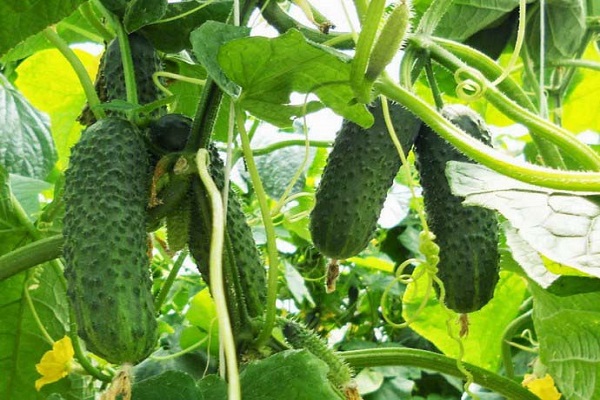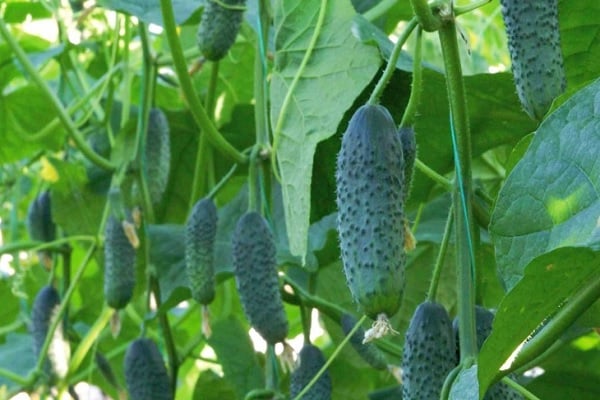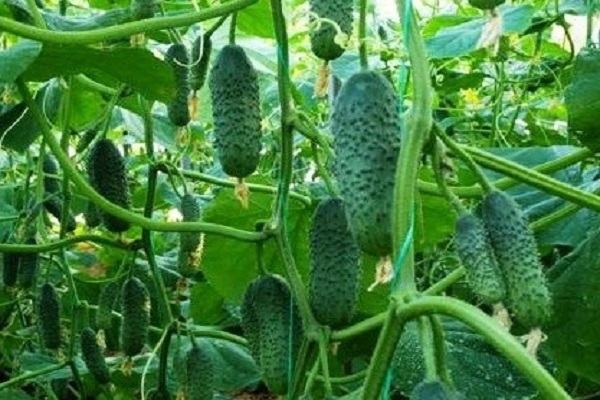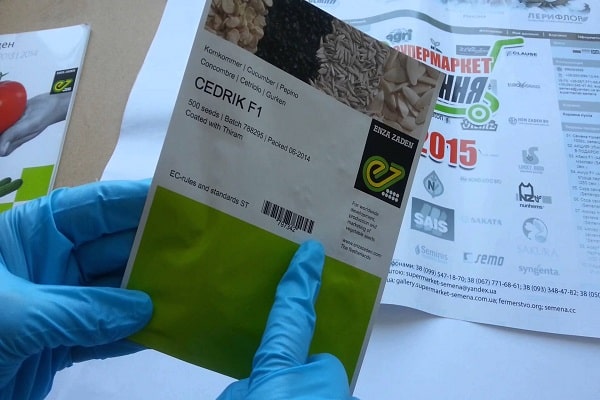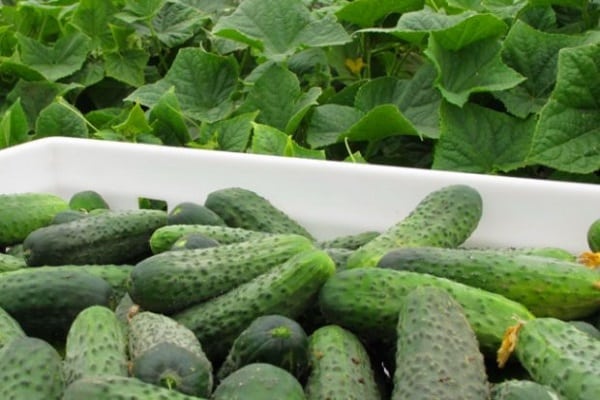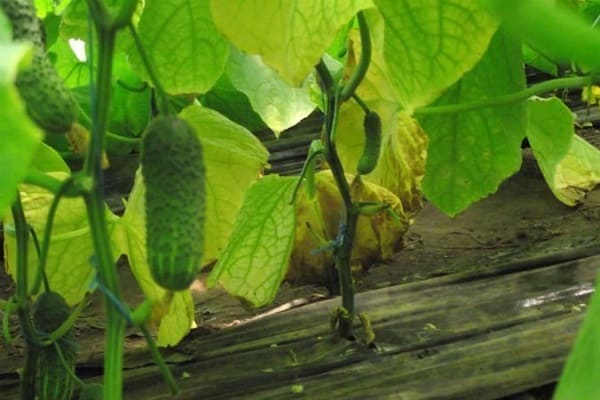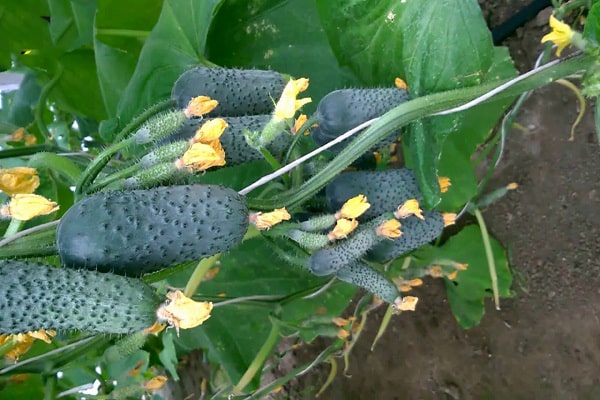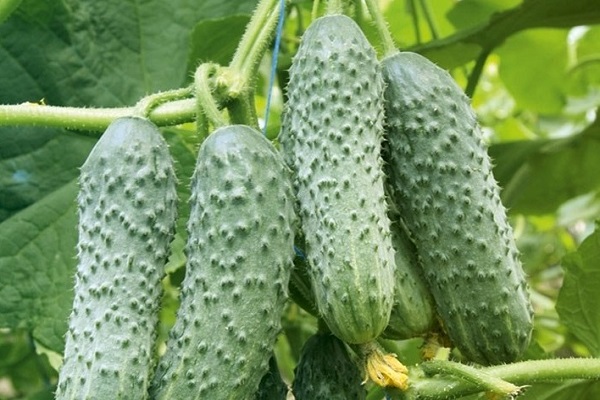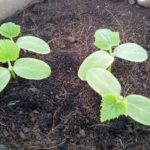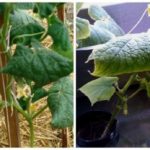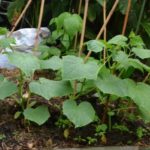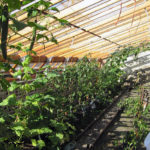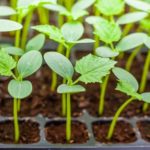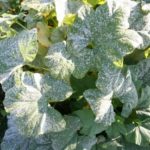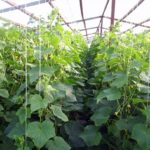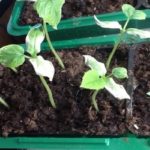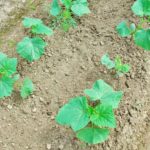Cucumber Cedric f1 was introduced to the market in 2015 by ENZA ZADEN and immediately attracted the attention of vegetable growers. Description of the hybrid:
- high yield, up to 14–16 kg/m2;
- first generation parthenocarpic hybrid;
- early ripening;
- universal (for protected and open ground);
- indeterminate bush, medium-branched with developed roots;
- resistant to diseases (powdery mildew, cucumber mosaic virus, cladosporiosis);
- shade-tolerant, stress-resistant;
- suitable for canning and salads;
- dark green cucumbers, finely tuberculate, 10–14 cm, 100–105 g;
- the fruits are tasty, suitable for salads and canning;
- no bitterness;
- good presentation and transportability.
The Dutch variety Cedric quickly took a leading position among professional vegetable growers. The characteristics of the cucumber open up broad prospects for the hybrid to further spread. Cucumber Cedric showed excellent productivity with proper agricultural technology, as well as ease of care and unpretentiousness.
Seedling
Seeds of the Cedric f1 variety, as befits Dutch hybrids, do not require pre-sowing treatment and are characterized by high germination. Glasses for seedlings are suitable with a volume of 0.4–0.5 liters with wide drainage holes. The soil is prepared from garden soil from the future garden bed and organic components: compost, humus, sawdust, peat.
One seed is planted in each pot to a depth of 1–1.5 cm and moistened. Germination temperature 26–28 ⁰С. After emergence of seedlings, the temperature is reduced to 21–22 ⁰С. Water the seedlings with settled water at room temperature, without allowing the earthen clod to dry out completely. Starting from 12–14 days after germination, the plants begin to be fed with complex mineral fertilizer every two weeks.
If the hybrid is planned to be grown in open ground, the seedlings must be prepared.
10–14 days before planting, the plants are exposed to fresh air in warm weather. Hardening begins with 30–40 minutes, increasing the time by 1.5–2 hours every day.
At the age of 3 weeks, cucumbers grow 4-5 true leaves, and are ready to be planted in a permanent place.
Bush formation
The maximum yield of Cedric f1 cucumbers can be achieved when grown in greenhouses using the trellis method using drip irrigation. In open ground, the hybrid feels quite good, but fruiting will be reduced. This is typical of most Dutch hybrids.
At 1 m2 You can plant no more than 3-4 bushes. Up to 5–6 leaves of the plant, flowers and side shoots are removed, helping to develop the root system.
The indeterminate cucumber bush Cedric f1 grows one central branch throughout the growing season. Cedric's side shoots are small and stop growing after 4–5 leaves.
Usually, the plant is planted before the end of the first wave of fruiting, which is 2–2.5 months. Then the cucumbers begin a second active flowering and the formation of new stepsons with abundant ovaries. As the bush matures, the yellowed leaves are cut off, thus improving ventilation of the bed and stimulating plant renewal.
The soil
In greenhouses adapted for growing cucumbers, the soil is replaced every season to a depth of 30 cm.
2 weeks before transplanting seedlings, you can “insulate” the beds using organic biofuel.
To do this, dig trenches 50 cm deep and lay a layer of 20–30 cm of fresh manure with straw. Water the top generously with warm water and cover with film for several days. Then the layer of biofuel is lightly sprinkled with lime and the prepared soil mixture is laid in which it is planned to grow cucumbers.
Usually this is a composition of garden soil, compost, humus, peat, steamed sawdust and complex mineral fertilizers. After a week, the soil temperature will stabilize to 22–28 ⁰C and will be ready for planting seedlings. Such a bed will “work” for about two months.
Watering and fertilizing
For such a productive variety as Cedric, it is optimal to organize drip irrigation with regular application of liquid fertilizers. The ripening of numerous fruits is very active and the plant needs a continuous supply of water and nutrients.Every 10–12 days the bushes are fed with complex fertilizers.
Harvest
The ovary is formed in bunches of 2–4 cucumbers and is filled even on cool, cloudy days. According to reviews from vegetable growers, Cedric’s bushes often delight with bunches of greens, up to 12 pieces in a node. In stressful situations, the ovary does not fall off and continues to ripen.
The plant of this variety does not need pollination by insects, as it is a parthenocarpic hybrid. After 38–45 days from the beginning of germination, Cedric begins to bear fruit.
Cucumbers do not outgrow, the maximum size is up to 14 cm; cucumbers can be picked at the gherkin stage (6–8 cm). The dark green skin is covered with small tubercles with spines. The pulp has a rich cucumber taste without bitterness. Crispy cucumbers have performed well in salads and preserves. Cedric's fruits have good shelf life, greens can easily withstand transportation and retain their presentation.
Feedback from vegetable growers is only positive; the variety is gaining popularity among professional farmers for growing greenhouse cucumbers in winter-spring and summer-autumn extended rotations.

